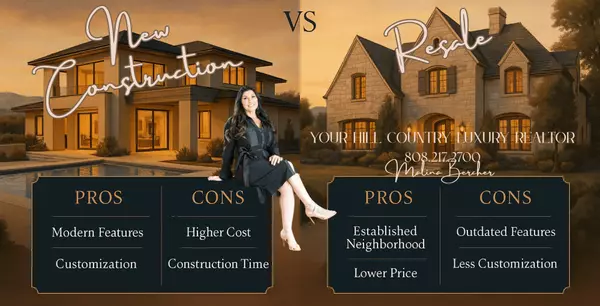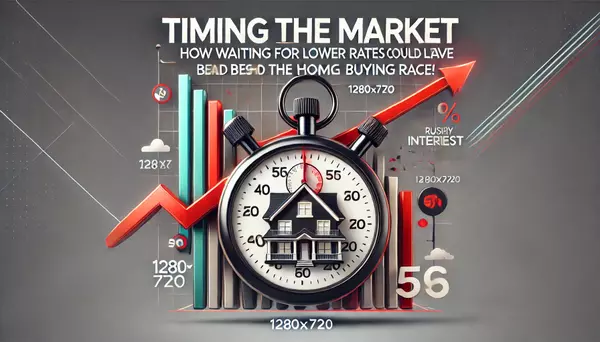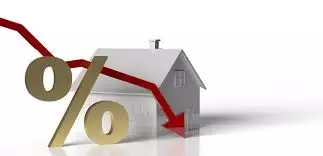Timing the Market: How Waiting for Lower Rates Could Leave You Behind in the Home Buying Race!
When you’re thinking about buying a house, many people wait for the Federal Reserve (the Fed) to lower interest rates because lower rates usually mean lower mortgage payments. However, there are a few reasons why waiting might not be the best idea:
-
T-Bills vs. Fed Rates: Treasury bills (T-bills) often react to economic changes more quickly than the Fed does. When investors anticipate lower interest rates, T-bill rates might decrease before the Fed actually lowers rates. Since mortgage rates are often influenced by T-bill rates, waiting for the Fed to act might not lead to the lower mortgage rate you expect.
-
Competition in the Market: If many potential homebuyers are waiting for lower rates, they may jump in the market at the same time when rates do go down. This can create a surge of buyers, driving up home prices. If everyone tries to buy at once, you might miss out on opportunities if you don't act sooner.
-
Buyer's Market vs. Seller's Market: Currently, if it’s a buyer’s market (more homes for sale than buyers), you have more choices and possibly lower prices. If you wait and the market shifts to a seller’s market (fewer homes for sale, more buyers), prices may increase, and you could end up paying more for a home.
-
Refinancing Opportunities: If you buy a home now at a higher rate, you can always refinance when rates drop later. This means you can take advantage of the current market and potentially get a better deal by lowering your rate in the future.
In summary, waiting on the Fed to lower rates might lead you to miss out on a good buying opportunity now. Instead, consider purchasing now and then refinancing later if rates do go down.
Categories
Recent Posts







GET MORE INFORMATION

